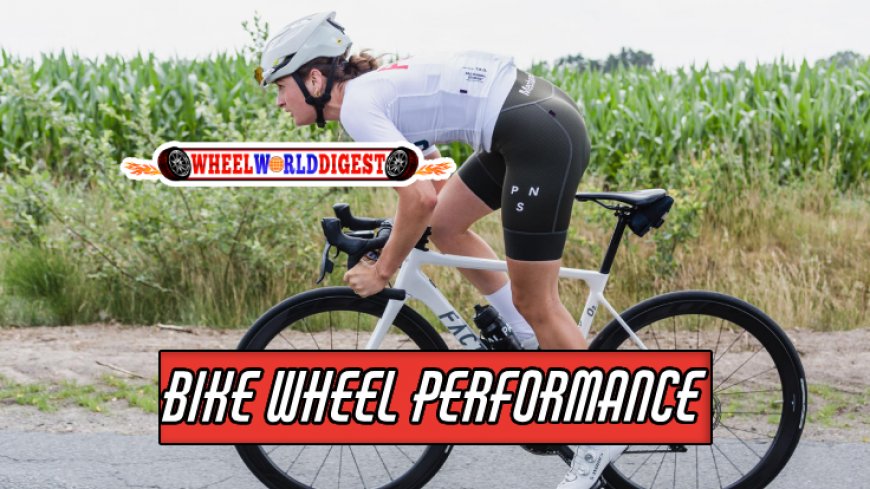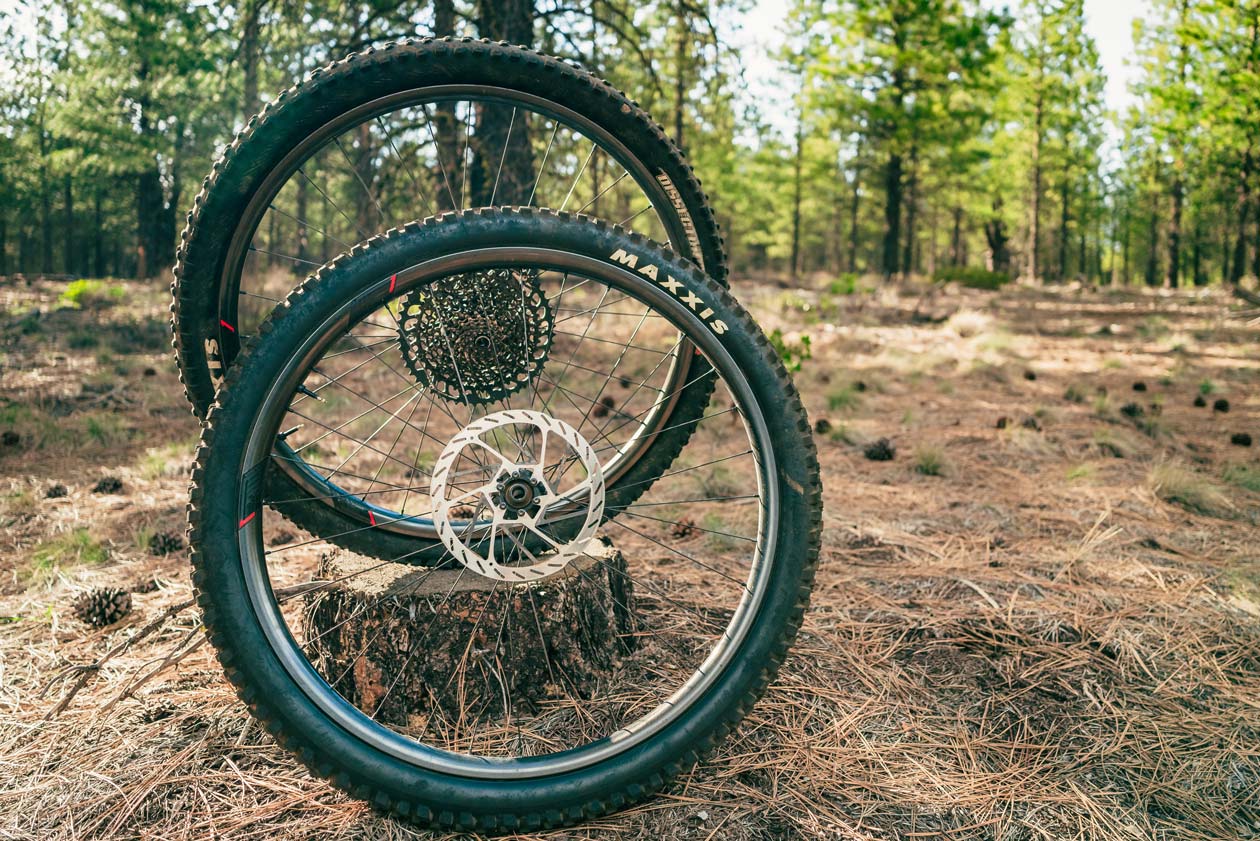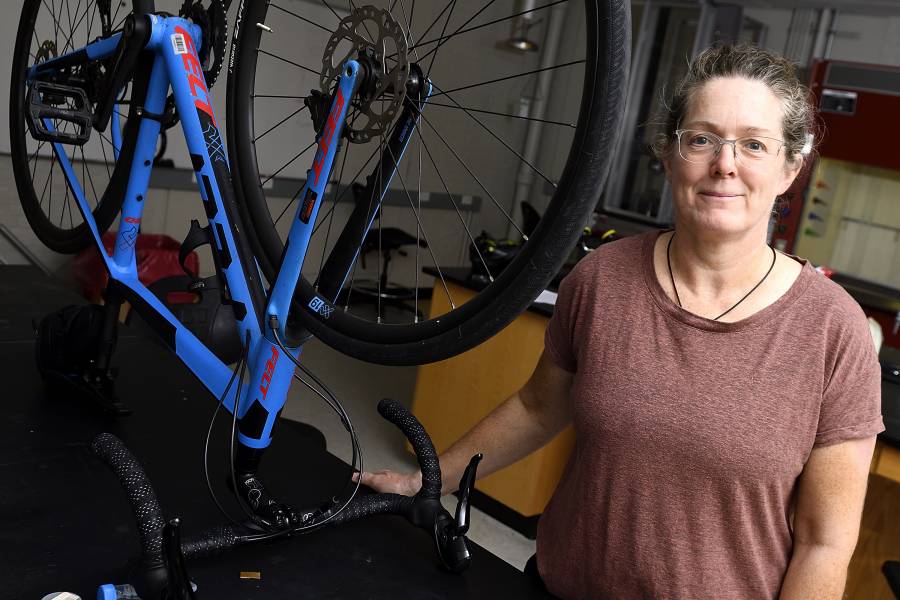Bike Wheel Performance - What to Expect
Investigate how different bike wheels perform, their advantages, and potential drawbacks. Learn how this impacts your biking experience!

Diving into the realm of bike wheel performance can be an exciting exploration of speed, maneuverability, and overall cycling experience. Packed with variables like materials, designs, diameters, and treads, all impact how a bike wheel performs in different conditions and terrains. In this in-depth look, we lay bare how these factors influence speed, control, and ride quality.
Delving into Bike Wheel Performance
In the world of cycling, wheel performance has significant implications on a bike’s capability. From leisure riding to competitive racing, the type of bike wheel you choose can have a profound effect on your ride. But understanding the nuances of wheel performance can be challenging, given the numerous factors at play. Here, we demystify what goes into crafting a top-performing bike wheel and how different wheel elements contribute to performance enhancement.
Table of Contents
- The Role of Bike Wheel Materials in Performance
- Understanding Wheel Design and Performance
- The Impact of Wheel Diameter on Performance
- The Influence of Tread on Bike Wheel Performance
- Factors to Consider when Choosing Bike Wheels
- Future Trends in Bike Wheel Performance
The Role of Bike Wheel Materials in Performance

When it comes to bike wheel performance, the material used in the construction plays a pivotal role. Let's explore the most commonly used materials and how they affect the wheel's performance.
Aluminum
Aluminum is a popular choice for bike wheels due to its lightness and strength. Lighter wheels mean less rotating mass, which translates to faster acceleration and easier climbs. However, these wheels may not be as rigid as others, impairing their ability to withstand hard impacts.
Carbon
Carbon wheels, on the other hand, are favored for their performance benefits, particularly in racing scenarios. While they are more expensive, they offer improved stiffness and aerodynamic advantages. Yet, their durability can be a concern with repeated hard impacts.
Understanding Wheel Design and Performance

The wheel's design – not just its material – has a significant impact on its performance. Key design considerations include rim width, spoke count, and wheel geometry.
Rim Width
The rim width affects the tire profile and, thus, the contact patch with the ground. A wider rim provides a broader contact patch, offering improved traction and control – crucial for off-roading adventures.
Spoke Count
Reducing the number of spokes can produce a lighter wheel, offering performance benefits. However, fewer spokes mean less structural support, which could affect durability.
The following details can offer some guidance when selecting a wheel design:
- For leisure or recreational riding, a traditional wheel design with a higher spoke count is likely sufficient.
- For competitive racing, low-spoke count wheels cater to performance, albeit at a durability compromise.
The Impact of Wheel Diameter on Performance
The next aspect to consider is the wheel diameter. With options ranging from 26-inch to 29-inch wheels in the mountain biking arena and up to 700c in road bicycles, the wheel diameter significantly influences bike handling.
Mountain Biking
A smaller diameter wheel, like the 26-inch, provides excellent control and maneuverability – ideal for technical trails. Meanwhile, larger 29-inch wheels roll over obstacles with ease and maintain speed better, making them suitable for XC and trail riding.
Road Biking
In the realm of road cycling, the universal standard 700c wheel offers a balance of speed, efficiency, and comfort. However, many riders are showing interest in smaller 650b wheels for their increased comfort and versatility.
In conclusion, the wheel diameter you opt for should align with your riding style and the terrain you'll most frequently navigate.
The Influence of Tread on Bike Wheel Performance

Tires wield a significant influence on bike wheel performance, with the most prominent being the tread pattern.
Road Bikes
For road bikes, slick tires are the norm. The lack of tread reduces rolling resistance and allows for faster speeds on paved surfaces. Many misconceive slick tires as perilous in wet conditions. However, due to the absence of mud or loose dirt to contend with, road bike tires have no need for knobs to displace these materials.
Mountain Bikes
Mountain bike tires feature prominent treads to provide the necessary traction on loose off-road surfaces. The exact tread pattern can vary depending on the specific terrain the tire is designed for, such as mud, rock, or loose gravel.
Cyclocross and Gravel Bikes
Cyclocross and gravel bike tires bridge the gap between road and mountain bike tires with a less aggressive tread pattern for mixed terrain.
Factors to Consider when Choosing Bike Wheels
Given the influence of each of these facets on bike wheel performance, how do you decide which wheel suits your needs best?
The answer lies in asking yourself a few pertinent questions:
- What is your primary style of riding? The terrain and style of cycling play a crucial role in determining the type of wheel that can offer the best performance.
- What is your budget? Wheel prices range from affordable to luxury levels, with performance and durability corresponding to the price.
- What are your long-term ride goals? Aiming for higher speed? Training for a rugged outdoor race? Answering these can help narrow down the wheel selection.
Remember, the best wheel is the one that fits your requirements and preferences,
Future Trends in Bike Wheel Performance

With the evolution of technology, bike wheel design and performance will undergo changes. We'll see manufacturers pushing the boundaries to offer more efficient, durable, and intelligent bike wheels to meet the diverse cyclists' expectations and styles.
Material Innovations
The future will likely see the advent of new materials or novel uses of existing ones to create lighter, stronger, and more aerodynamic wheels.
Design Shifts
Advancements in computer-aided design tools and simulations may bring about innovative wheel designs. These might focus on optimizing factors like aerodynamics or tackling specific challenges like crosswind stability.
Smart Wheels
"Smart" wheels equipped with sensors and AI could provide cyclists with real-time feedback and analytics, aiding performance improvement. Imagine a wheel that adjusts its characteristics to the terrain or monitors rider fatigue!
In a rapidly advancing industry, the possibilities are endless, making the future of bike wheel performance an exciting avenue worth looking forward to.
Whether you're a hobby cyclist or a hardcore enthusiast, understanding how different elements contribute to bike wheel performance can help you make informed choices. As you navigate through the multitude of options, let this knowledge be your guide to enhance your biking experience!
What's Your Reaction?









































































